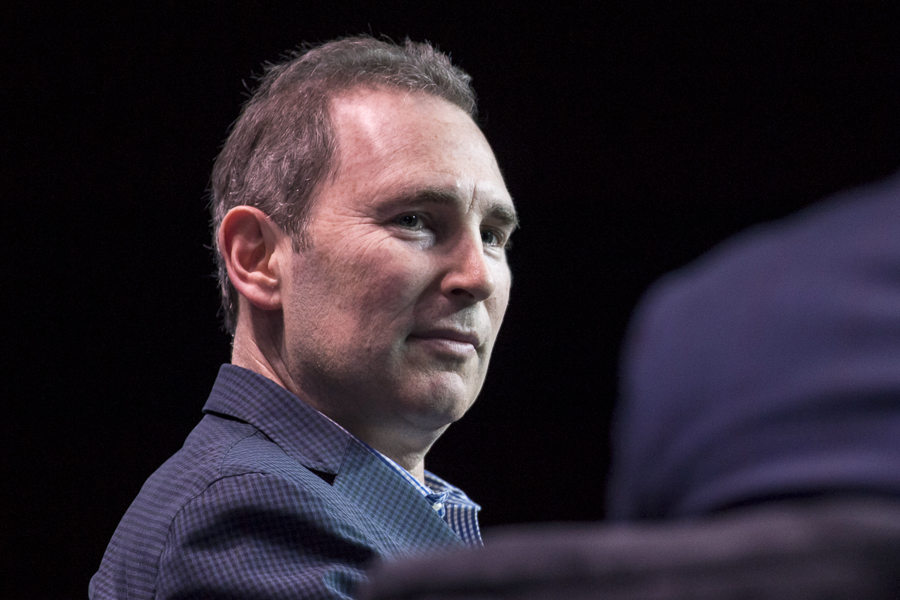
Andy Jassy: The man who hit Jeff Bezos on the head, and built AWS, to be Amazon's next CEO
Jassy, a career executive at the Seattle-based online retail and cloud computing giant, will take over from the founder and CEO later this year as Bezos steps away from day-to-day operations
 Image credit: David Paul Morris/Bloomberg via Getty Images
Image credit: David Paul Morris/Bloomberg via Getty Images
Post Your Comment















